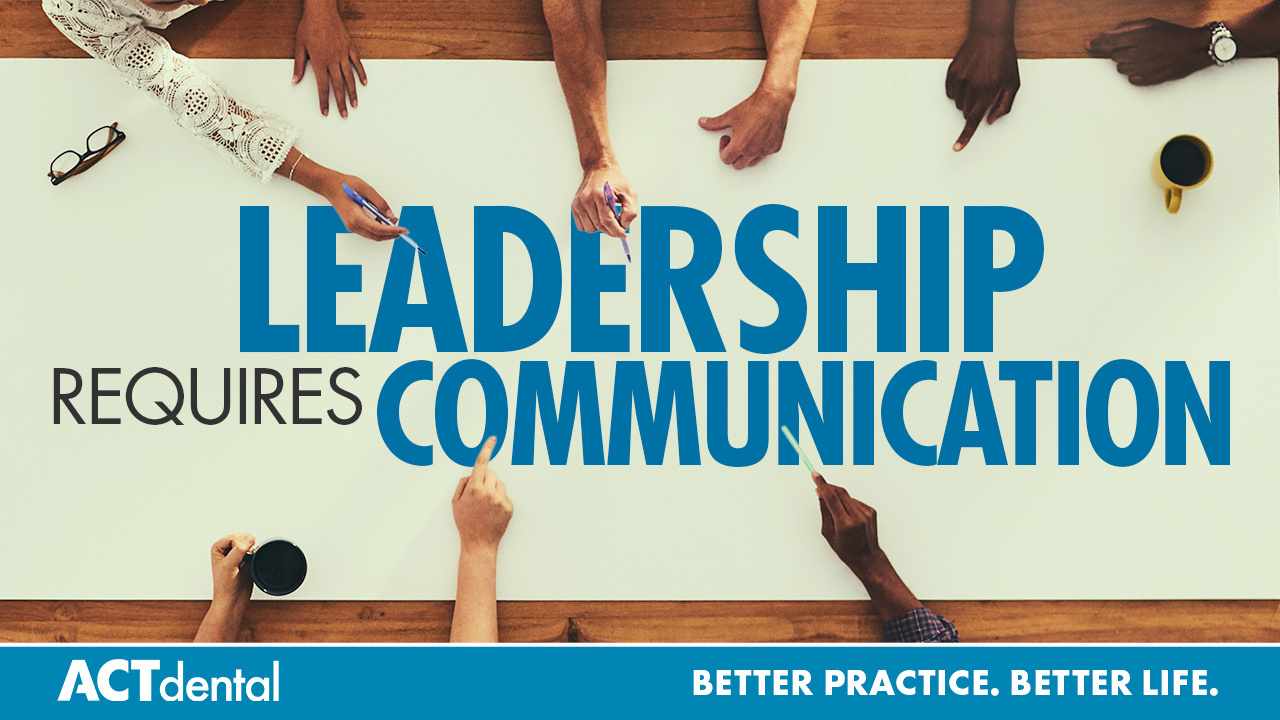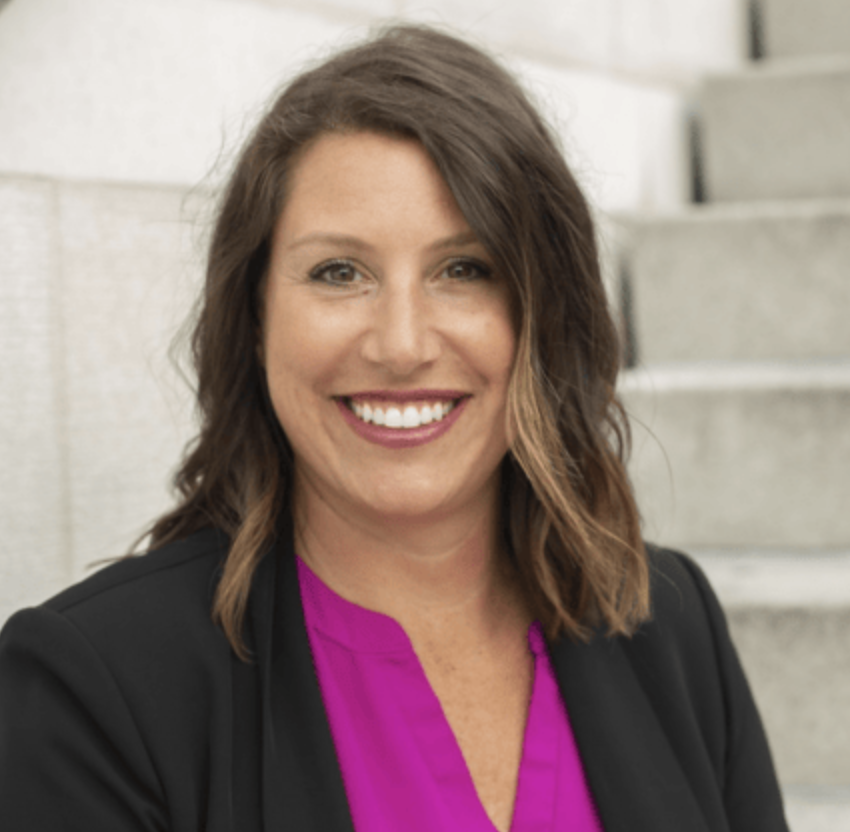Communication is one of the factors that will make or break a workplace. If there’s a breakdown in communication, it negatively affects the patient experience and team dynamics, but when the team understands one another, it elevates those aspects. The key is understanding that different people communicate in different ways, and when you can bridge the gap and meet everyone at their own level, you’re going to see better outcomes, fewer misunderstandings, and a more productive environment.
To help us break down and understand the different methods of communication, I love to use the DiSC framework, which categorizes people into different profiles:
- D—Dominance. Those that fit this style tend to be more fast-paced, bold, confident, and direct.
- I—Influence. This is your classic people person. They’re charismatic, social, and they flourish when they’re part of something.
- S—Steadiness. The majority of people fit this style, and they prefer consistency. An S brings reliability to the table, but they tend to fear change.
- C—Conscientiousness. These people are logical and detail oriented, and like to analyze and be precise when approaching tasks.
It’s important to remember that the DiSC framework isn’t about labeling people—it’s about understanding them and determining the best way to communicate with them. Communication is crucial for leaders, but it’s a double-edged sword: it can both create and destroy trust. However, when you understand where your team members fit on the DiSC framework, you can build that trust, quickly connect with them, and lead much more confidently.
The secret to communicating effectively is tailoring your communication methods to each specific DiSC style:
- For D team members: You want to get to the point and avoid small talk. They want control, so instead of micromanaging, give them autonomy by focusing on goals, outcomes, and solutions. When giving feedback, make sure to be direct, but respectful.
- For I team members: Start with positive energy and recognition, and then keep your conversations upbeat and engaging. One strategy I like to utilize is connecting with them through stories or analogies. Since I-people can lose track of details, make sure you’re clear with any next steps you have for them.
- For S team members: An S will value calm, reassuring communication that emphasizes teamwork and support. They don’t like to be put on the spot in front of others, so avoid that. If there’s any change or decision-making involved, make sure to give them time to process.
- For C team members: The best way to communicate with a C is with clarity and preparation. They value facts over feelings, so avoid emotional or vague language. Additionally, they don’t like surprises, so give them time to analyze and ask questions.
Understanding the people who make up your team isn’t optional, because it’s the foundation of trust. Like Kirk says, “Your people are what make it work.” If you’re going to hit your goals, you need the help of your team, and that’s not happening if they don’t trust you. When you understand them and meet them where they are, it’s going to elevate your leadership to a whole new level. Remember, this isn’t about changing yourself, but rather changing how you connect with them. The smallest shift in how you speak can create a huge shift in how you’re heard, enabling you to enact better change and create an environment that your team will never want to leave!
Find out more about how your team’s DiSC style impacts engagement by joining the Best Practices Association Premium and accessing our awesome Guide to Engaging Your Team with Data!
To learn more about ACT and how we can help you build a Better Practice and a Better Life, reach out to Courtney!
Tune in next time and learn how to use your Collections to increase your profit!
Miranda Beeson, MS, BSDH
Miranda Beeson, MS, BSDH, has over 25 years of clinical dental hygiene, front office, practice administration, and speaking experience. She is enthusiastic about communication and loves helping others find the power that words can bring to their patient interactions and practice dynamics. As a Lead Practice Coach, she is driven to create opportunities to find value in experiences and cultivate new approaches. Miranda graduated from Old Dominion University and enjoys spending time with her husband, Chuck, and her children, Trent, Mallory, and Cassidy. Family time is the best time and is often spent on a golf course, a volleyball court, or spending the day boating at the beach.
RECENT POSTS
990: Hiring the Wrong People? You Might Be Missing This One Crucial Step – Carlie Einarson
January 02, 2026
989: Master the Metrics – Simple Data, Big Impact – Robyn Theisen
December 31, 2025
988: Metric Mondays: Overhead – Facilities and Equipment Percentage – Robyn Theisen
December 29, 2025
987: Core Values Aren't Fluff — They're Your Practice’s Greatest Asset – Heather Crockett
December 26, 2025
986: Security in AI for Your Dental Practice – Travis Wentworth
December 24, 2025
We Lit Up The Year 2025
December 22, 2025
985: Metric Mondays: Overhead – Operations Percentage – Miranda Beeson
December 22, 2025
Evaluate Your Year with Intention
December 19, 2025
984: How to Address Chronic Attendance Issues – Alan Twigg
December 19, 2025

